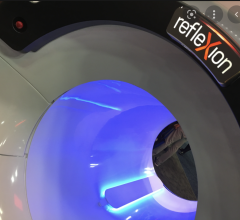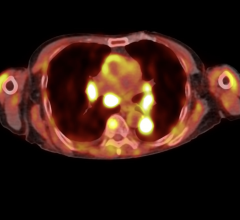
February 16, 2009 - University Clinic Heidelberg, Germany reduces treatment times for the TomoTherapy Hi·Art system from between 40 to 75 percent, while at the same time improving plan quality by further reducing radiation dose to normal tissue.
Based on an in-depth planning study, University Clinic Heidelberg researchers anticipate that a reduction in treatment time of between 40 to 75 percent will be possible with next-generation delivery techniques currently in development by TomoTherapy. Detailed findings of the study will be published later this year.
University Clinic Heidelberg installed the Hi·Art treatment system in March 2006. In December 2008, the medical team, led by professor Jürgen Debus, M.D., professor Klaus Herfarth, M.D., and Florian Sterzing, M.D., treated its 500th cancer patient with TomoTherapy’s unique CT platform-based solution for image-guided, intensity-modulated radiation therapy (IG-IMRT).
“TomoTherapy is used in our clinic to treat a wide range of cancer cases. Because of its advanced capabilities over conventional linear accelerators, the system plays an important role for indications where a large volume is to be irradiated and avoidance of critical structures is paramount,” said Dr. Sterzing. “These cases can require longer treatment times to gain optimal results. However, with the advanced TomoTherapy delivery technique, our research indicates that we should be able to treat these most complex cases in as little as 25 percent of the time necessary now. This is with no compromise in the excellent plan quality to which we are accustomed. In fact, we believe treatment quality will be improved.”
Emphasizing that the enhancements will not just benefit cases involving large or complex tumors, Dr. Sterzing added: “Any treatment you do at the moment will likely be faster, and of even higher quality.”
For more information: www.tomotherapy.com and www.klinikum.uni-heidelberg.de/Radioonkologie-und-Strahlentherapie.251…


 December 02, 2025
December 02, 2025 









